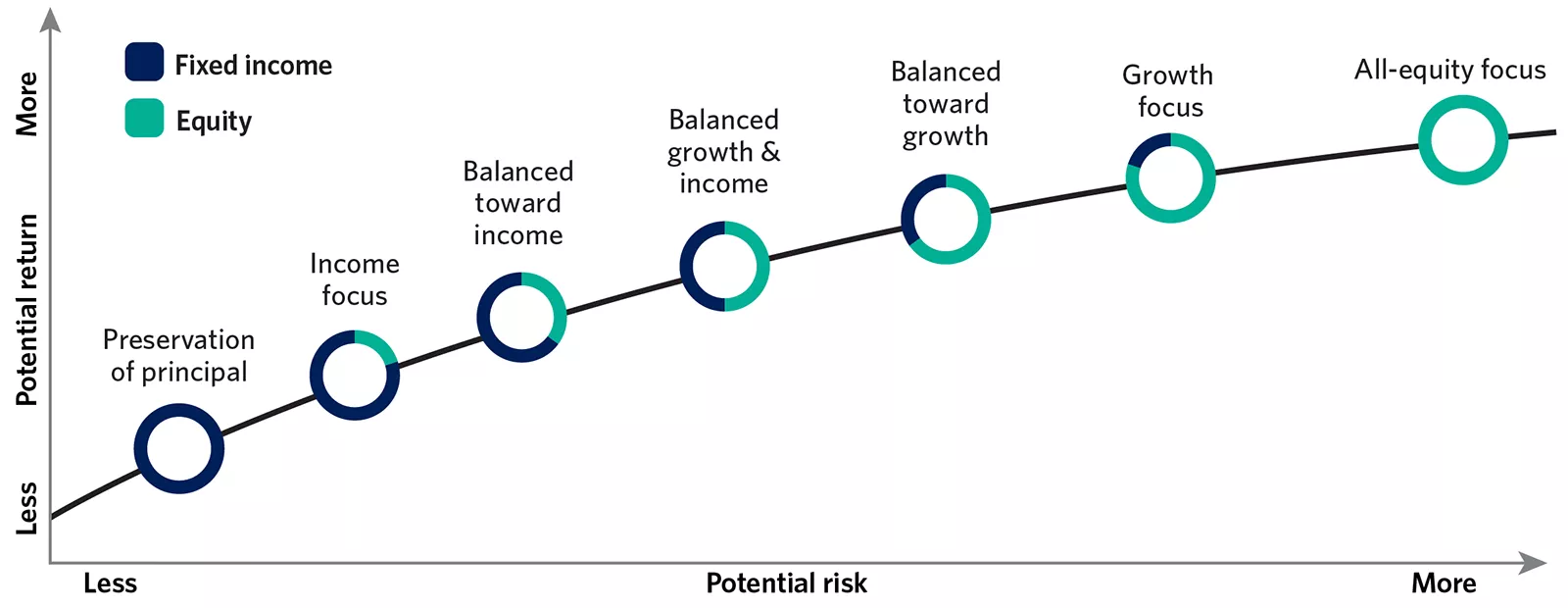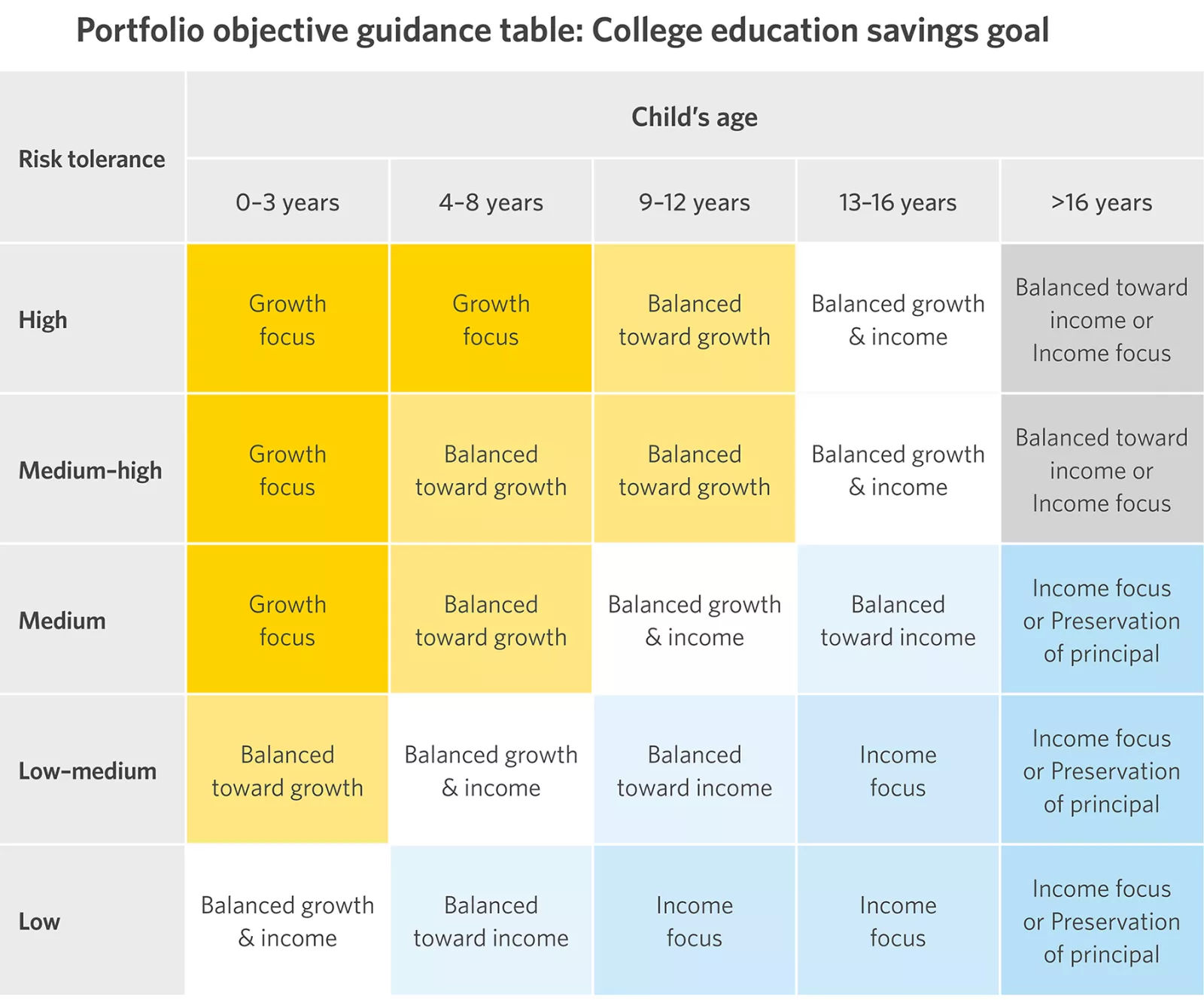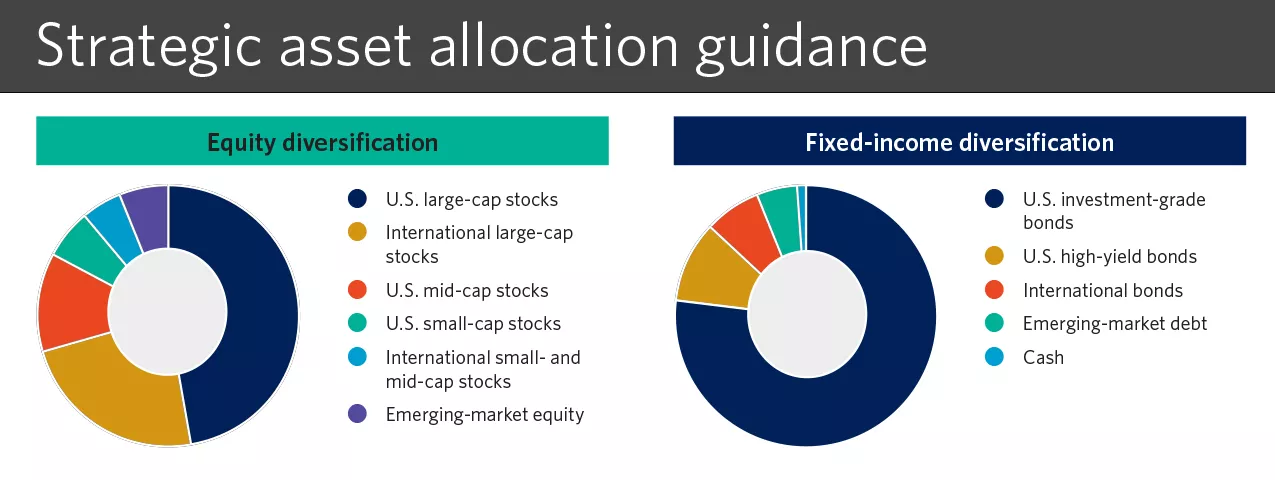How to Start an Investment Portfolio
Edward Jones - Chad Choate, AAMS
Jul 25, 2023
Florida - Sarasota, Bradenton & Charlotte Counties
Email US
Click to Email Us



- To view the original version of this article visit www.edwardjones.com/us-en/market-news-insights/personal-finance/investing-strategies/how-start-investment-portfolio
- Seniors Blue Book was not involved in the creation of this content.
Other Articles You May Like
Millennium Physician Group Wellen Park Grand Opening
Millennium Physician Group Wellen Park Grand OpeningMillennium Physician Group is proud to announce its new flagship 13,000-square-foot location in Wellen Park with access to primary care, lab, and imaging services. The practice will open on Monday, May 20, 2024. They will host a ribbon cutting on Thursday, July 11, 2024, from 4:00 6:00 pm. Services to be offered include: Primary Care -- Patricia Daneshmand, D.O and James Pineno, M.D Same Day Appointments 7500 Square feet of imaging space 5800 square feet of medical space Full Service Advanced Imaging Imaging services -- CT, MRI, US, Mammo, X-ray, Dexa, and breast biopsy. 15 Exam rooms 5- 7 Providers Address: 8036 S. Tamiami Trail, Venice, FL 34293Primary Care Phone: (941) 244-4300 Radiology Phone: (855) 674-4624Web Address: https://millenniumphysician.com/wellen-park-office About Millennium Physician Group (MPG) Founded in Port Charlotte in 2008, and now headquartered in Fort Myers, Millennium Physician Group has grown into one of the largest comprehensive primary care practices with more than 800 healthcare providers across the Southeast. Services center on primary care complemented by multi-specialty care, walk-in centers, radiology and lab services, physical therapy, telehealth, wellness programs, home health, in-patient hospital care, and much more. Nationally recognized as a leader in value-based care with consistent high levels of physician engagement, Millennium aims to deliver a genuinely connected healthcare experience for patients by providing a comprehensive and coordinated approach to healthcare and be Your Connection to a Healthier Life.
8 Reasons Active Seniors Should Dive into Swimming During Retirement
Many seniors think exercise is just a distant memory due to obstacles like pain, decreased endurance and balance. There is also the fear of injury. The fact of the matter is that water exercises get aging adults moving and active. Its a safe, comfortable, and rewarding way to live an active lifestyle once more. Here are eight ways that swimming benefits seniors and conquers their exercise concerns. So, grab your swimsuit, and lets dive into the numerous and undeniable benefits of swimming and to being an active senior!The 8 Benefits of Swimming for Active SeniorsNo Weight on Your JointsAnything you do in the water is the ultimate low-impact exercise. This means youre not exerting a jarring force on your joints. The reason is that water supports about 90% of your body weight when youre in the pool. This means you float through your exercise session with no pressure on your joints. In this relatively weightless environment, active seniors overcome painful movement caused by arthritis and other health conditions.A Healthier BrainBefore you even move a muscle, immersing yourself in water increases blood flow to your brain. The benefits of this good blood flow include improved concentration, memory, mood, and cognitive function. Studies show that for active seniors, swimming may even help repair damage from stress. It can actually forge new neural connections in the brain.A Workout for Your HeartBy swimming regularly, active seniors reap cardiovascular benefits to their long-term health. If your heart is strong, it pumps blood more efficiently for improved circulation throughout your bodyincluding the brain. The bottom line is that regular aerobic exercise, like swimming, has been shown to reduce the risk of heart disease and stroke.A Lift for Your MoodAlmost all the senses are involved when you swim: sight, sound, touch, and smell, and if youre not careful, sometimes taste! The rhythmic strokes and breath create a focus that soothes. The feel of water moving over your body is a sensation much like a massage. Unless its a bustling pool, the calm and quiet surroundings alleviate stress, encourage relaxation, and even spark creativity. In actuality, swimming is a form of mindfulness.Better Flexibility and Range of MotionEven the most active senior loses some range of motion as they age. But thats not a problem in the water! The buoyancy of the water allows swimmers to move their arms and legs more easily through the full range of motion. Regular swimming helps keep joints supple and improves flexibilityan essential aspect of health and well-being for older adults. For those with a limited range of motion on land, stretching in the water can even improve flexibility.Improved Muscle Strength and ToneGoing for a dip in the pool is a full-body exercise that tones every major muscle group. The natural resistance of the water helps strengthen muscles faster than any land-based exercise. If youre doing laps, different strokes focus on different muscle groups. For that reason, using a combination of strokes will get you the all-over tone you want.Reduced Risk of FallWeve already established that swimming works for all the major muscle groups. With stronger muscles overall, especially the upper body, core muscles, and leg muscles, posture and stability are improved. All of this reduces the risk of falls.Stronger, Happier BackWith gravity out of the way, active seniors dont have to worry about posture or body weight on their spines when exercising. And you dont have to be a lap swimmer to reap real benefits. Water is ideal for gentle exercise as well. It can be as simple as walking in waist-deep water. The water takes the pressure off your joints and back all while youre moving.Swimming at Jacaranda TraceWe are so certain of the health benefits of swimming. Thats why were one of the few senior living communities offering our members a pool and aquatic exercise program. Its a jewel in our community. Our active senior residents benefit from year-round lap swimming, aqua classes, and recreational swimming. Our pool area is as relaxing and social as it is healthful. We even incorporate water exercises for our members receiving physical rehabilitation because of waters gentle resistance and help with balance.
Advantages of a Not-for-Profit Senior Living Community
When looking at senior living communities for yourself or a loved one, there are many great options and many things to consider. Whether youre looking for active independent living, assisted living, skilled nursing or memory care, a key consideration is whether the community operates as a for-profit or not-for-profit senior living organization. It can make a significant difference in the quality of the residences, services, amenities, and culture. For many seniors looking into different community options, the advantages of a not-for-profit senior living community tips the scales.While both types may look similar on the surface, there are some fundamental differences between for-profit and not-for-profit senior living communities.What is a For-Profit Senior Living Community?A for-profit senior living community, like any private business, is obligated to its shareholders to earn a profit. A good number of for-profit communities belong to large national chainssome owning hundreds of properties with thousands of residences. According to the Centers for Disease Control and Prevention, more than 80 percent of senior communities are for-profit. They are either privately owned or part of a much larger chain. While they might offer quality services and amenities, their core function is to earn a profit from rent and fees.What is a Not-For-Profit Senior Living Community?By definition, a not-for-profit senior living community must reinvest any profit back into its central mission. They are also allowed to raise money from individual and corporate donors, whose gifts are tax deductible, and to apply for certain government and private grants.What are the advantages of Not-For-Profit Retirement Communities?Many of the differences between not-for-profit retirement communities and for-profit senior communities are subtle. As a resident/member of a not-for-profit community, you may simply feel better knowing that the leadership is motivated by a mission, rather than by financially satisfying owners and investors. Youll also know that your wellbeing will always come before profit.Here are a few more ways that not-for-profit senior living communities, like Jacaranda Trace, in Venice, FL, benefit members. Greater Sources of FundingThe IRS grants tax-exempt status to not-for-profit organizations because they further a cause or benefit the publicallowing them to accept donations from a wide range of sources. This funding makes it possible for a not-for-profit senior living community to keep its fees lower than it could otherwise, and even extend financial support to residents/members with hardship situations. This means that long-time members who suffer an unforeseen financial change dont have to worry about having to leave their community.The Governance of a Board of TrusteesA not-for-profit is run by a board of trustees or board of directors. Those individuals have pledged to uphold sound, ethical, and legal governanceputting the organizations mission and members wellbeing first. The board members interact with community leadership and residents/members and listen to their input. The board also works to form fruitful relationships with the local governments, businesses and other organizations. These relationships help to solidly connect their community with the community at large. Reinvestment into the Community Emphasis on CommunityA not-for-profit senior living community can flourish into a genuine community with the boards leadership and focus on a mission. Members, staff and board members come together through their shared values. Additionally, not-for-profit organizations rarely change ownership. This is not always the case among for-profits. For-profits are often forced into exit strategies or recapitalizations to satisfy shareholders interests.Why Choose the Jacaranda Trace Not-For-Profit Senior Living Community?We are a not-for-profit community because we want to fully serve our members and our community. At Jacaranda Trace, our aim is to be the senior living community of choice for seniors who want to spend their lives in an intellectually, physically, and spiritually rich environment. To learn more about life at Jacaranda Trace, or to schedule a personal visit, call 941-841-0946 or Click Here.
Local Services By This Author
Edward Jones - Chad Choate, AAMS
Financial Advisor 828 3rd Ave. W., Bradenton, Florida, 34205Hello, I'm Chad Choate a dedicated financial advisor in Bradenton, FL, I began my career with Edward Jones in 2017. As a financial advisor, I want to find out what's important to you and help you build personalized strategies to achieve your goals. As a lifelong Manatee County resident, I graduated from the University of South Florida and was a teacher in Manatee County before joining Edward Jones. My driving force is to change people's lives in a positive way, and what better place than my home to do that. Whether you're planning for retirement, saving for college for children or grandchildren or just trying to protect the financial future of the ones you care for the most, we can work together to develop specific strategies to help you achieve your goals. We will also monitor your progress to help make sure you stay on track or determine if any adjustments need to be made. Throughout it all, we're dedicated to providing you with top-notch client service. But we're not alone. Thousands of people and advanced technology support from our office can help ensure you receive the most current and comprehensive guidance. In addition, we welcome the opportunity to work with your attorney, accountant and other trusted professionals to deliver a comprehensive strategy that leverages everyone's expertise. Working together, we can help you develop a complete, tailored strategy to help you achieve your financial goals. I currently volunteer with the Manatee Hurricane football Broadcast and Booster Club, serve on my church's trustees council and have previously served as a leader in Young Life. I am a member of the Manatee Chamber of Commerce and an alumnus of their Leadership Manatee program. I have been married to my childhood sweetheart, Ashley, for 15 years and we have a son, Wesley, and daughter, Camryn. We enjoy watching our children play their sports and traveling as a family.

